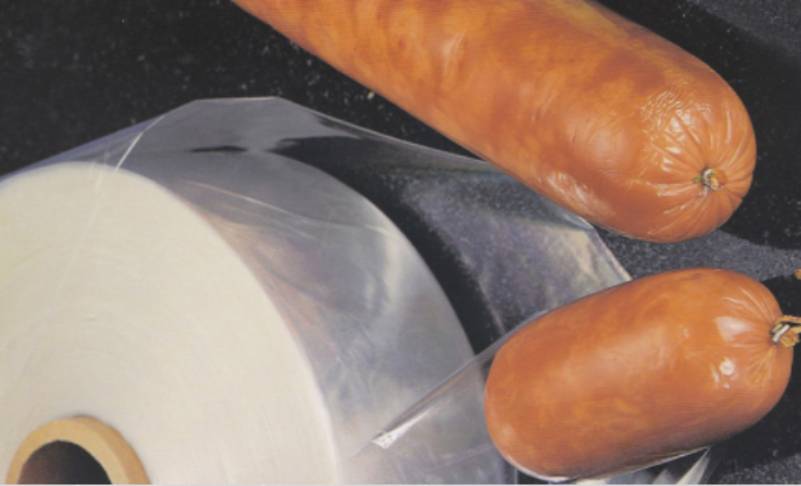Sausage Casings are an important part of making wiener at home. Their job is to wrap the sausage meat so that the sausage retains its shape. Sometimes they also add flavor to the sausage, such as the smoked casings used for hot dogs.
When you start making sausage, it can be a bit daunting. There are so many options! Whether it's cooking styles, ingredients or those sausage casings that seem to come in 100 different varieties. Don't be afraid, we have all the information you need to get started without all the mistakes we made the first time around.
Natural casings: The most natural casings available. Made from the intestines of cows, pigs or sheep.
Collagen casings: Extruded, highly processed animal collagen.
Cellulose casings: Vegan casings are mainly from plant cell walls.
Sausages made at home are usually encased in a submucosa - the intestines removed from a cow, sheep or pig. This doesn't sound appealing, I know. But remember, this is a very natural way to wrap sausage that has been used for centuries.
Natural sausage casings are fragmented in shape because the intestines are scraped off inside and out. They tend to be porous and fragile when wet. When dry, they become more elastic. This is the reason that casings are often dry when stored and sold in stores.
You will find that pork casings are the most common choice in the popular sausage producing regions of Europe. Sheep, goat, beef and, dare we say, horse sausages are also used in other parts of the world.

Sausage Casings
While these casings also come from natural products, they are much more processed. Animal collagen is processed and then extruded into different sizes of casings.
There is a wide variety of collagen casings: some common choices include fresh, processed, round, and intermediate.
Fresh casings are edible and do not require soaking. They are clear, which makes them perfect for fresh and breakfast sausages.
Processed casings are edible and are the ideal companion for hot dogs, smoked and cured sausages.
The rounds are inedible and are used for sausages such as Bologna and summer sausages.
This is extracted from the cell walls of plants and produces an elastic, translucent casing. These casings are ideal for vegans. They are also used by commercial manufacturers to make skinless sausages.
All casings are safe to eat. Whether or not they are all enjoyable to eat is another question.
Cellulose casings and some Natural Casings are perfect for consumption. Most likely, if you have ever bought sausages from the supermarket, they will have casings that you have eaten.
However, some casings are not suitable for consumption because they are too thick or unpleasant to eat. Some collagen casings are produced to wrap Italian salami and larger sausages. They are always peeled. Peeled facecloths are wrapped in cellulose casings, which are also removed after cooking.
Beef casings are inedible and are used to wrap meats such as large sausages, Italian sausages, hard salami and liverwurst.
Salt allows the casings to be used for a long time before they go bad. You can easily store casings in the refrigerator for up to a year.
It is very important to prepare the casings before stuffing the sausages at home. They are packed in salt, so you need to wash all of them off first.
Place the casings in a bowl and pour water over them. Do this as gently as possible so that they don't get tangled up.
Soak the casings in cold water for 30 minutes, then rinse them once more with water.
Now remove each casing, one at a time, and rinse the inside of the casing with cool water to remove the salt. Repeat the process for each casing.
After rinsing each casing, place it in a bowl of water with one end hanging over the side of the bowl. This way you won't waste time trying to find the opening for each casing.
When making homemade sausage, you will need to remove the casing from some pieces. For example, the casings of Italian sausages are often removed. Removing the casing is not always an easy task. It tends to stick to the meat, crumble into pieces, and cause a lot of headaches if you peel a lot of skin.
If possible, it is best to skin the sausage while it is frozen. Simply soak the meat in warm water for a few seconds, then follow these steps.
Place your sausage on a cutting board
Using a very sharp knife, gently slice along the length of the sausage
Peel off the casing and add the sausage meat to your dish
Making sausages can be very rewarding. You will get delicious meat that is super fresh and has no added fillers. Some novice sausage makers find it daunting trying to understand which casings to use and how to use them. The company also offers a Clipping Machine, so please feel free to contact us if you need one!